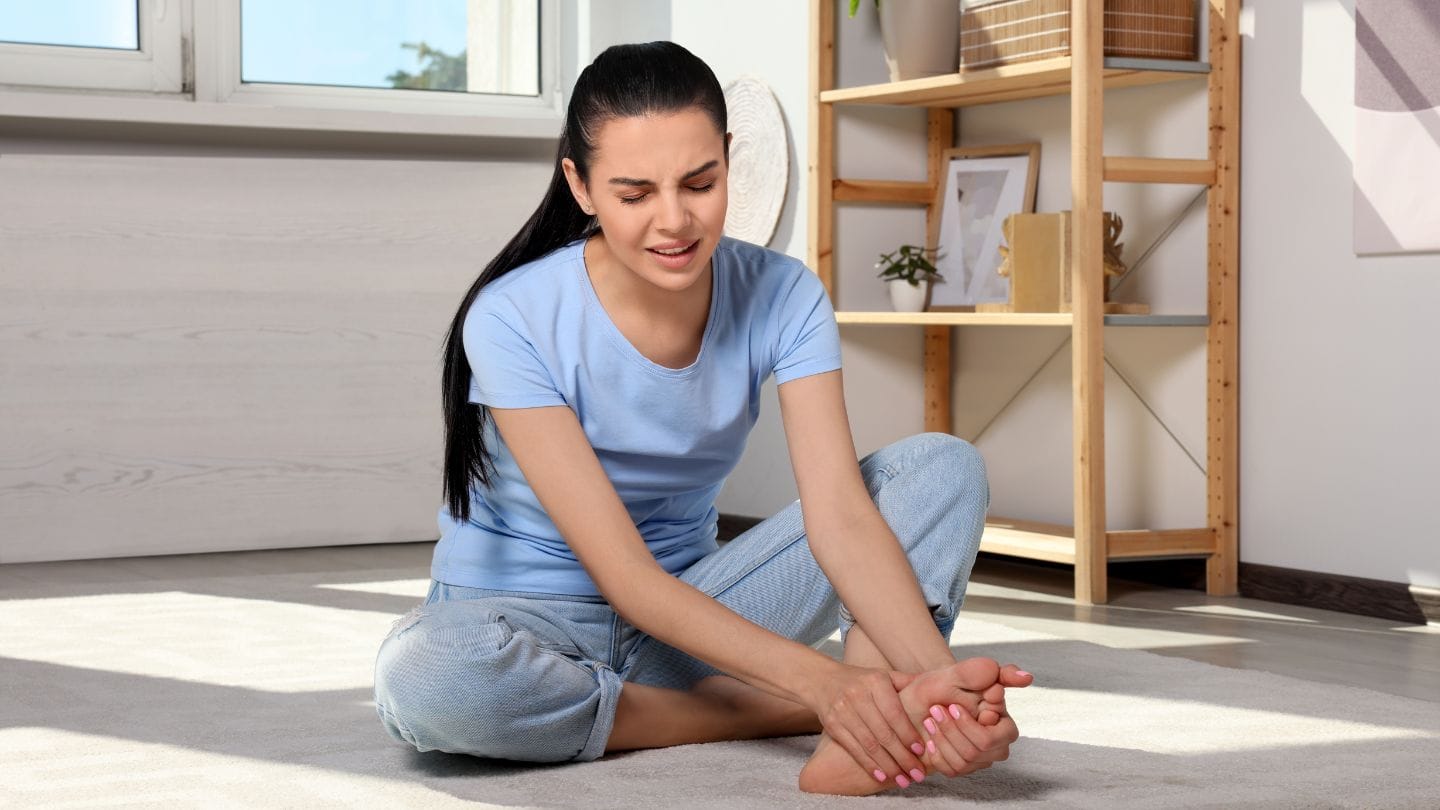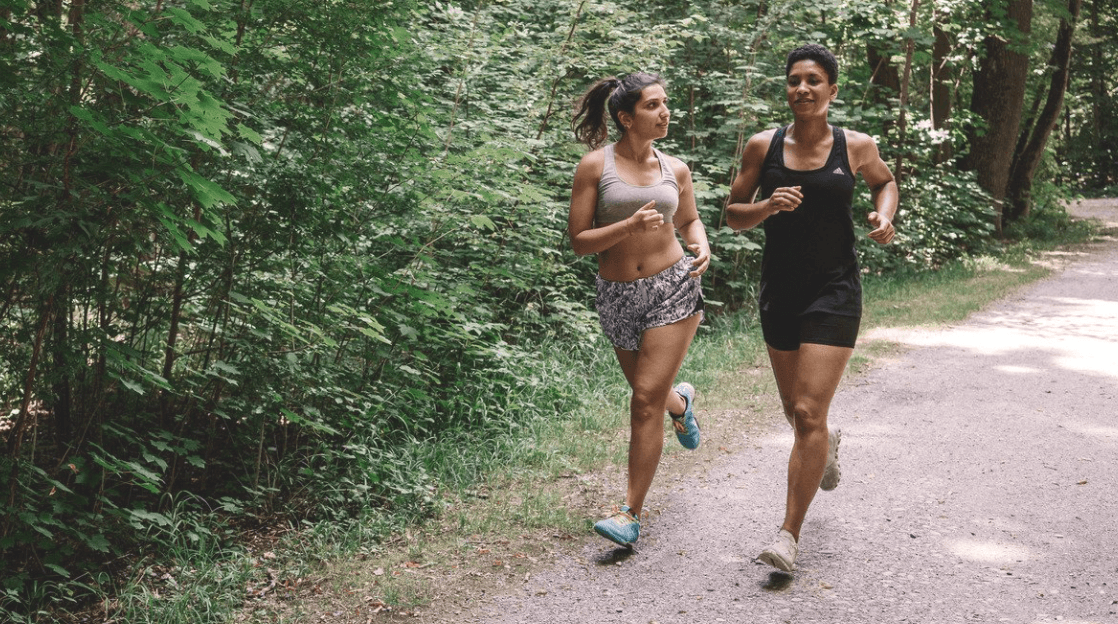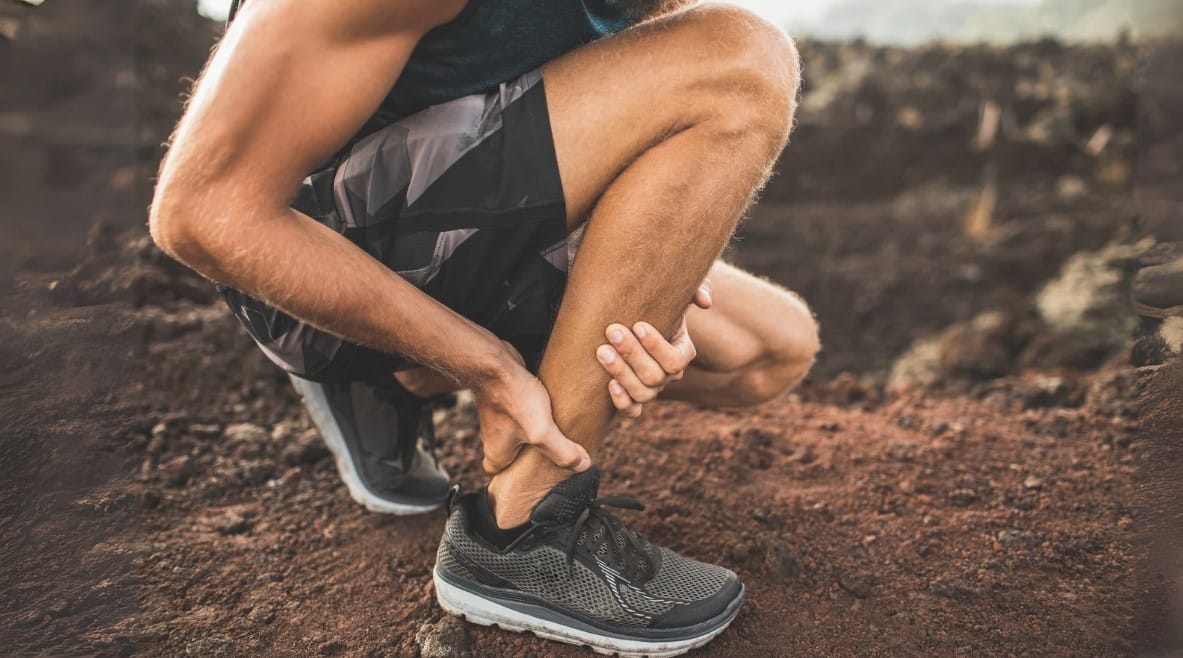
Over the Hong Kong summer podiatrists often see an increase in the number patients presenting with fungal infections and warts in the clinic. I treat warts and fungal foot infections daily, with many individuals feeling both embarrassed and frustrated by their foot conditions. They can be both unsightly and challenging to treat- especially if not recognised and treated early. They are incredibly common though, and you have no reason to be embarrassed about showing your foot concern to your podiatrist- we are used to it, have probably seen worse, and showing your foot to us is an important part of our assessment process so that we can offer you the best available treatment.
What causes fungal infections and warts anyway?
Fungi are just another living organism and are found everywhere in the environment. A type of fungi, dermatophytes, survive only on skin and nail cells, causing an infection of these tissues. Sometimes referred to as “Athlete’s Foot” or “Hong Kong Foot”, Tinea Pedis is the medical term used for skin infections caused by fungus. It can cause blisters, itching, dry skin, and peeling skin. Depending on the infectious organism, you may have one or more of these symptoms. Fungal nail infections, or Onychomycosis, can occur when the fungus infects the skin under the nail plate and can affect the colour, thickness, texture, growth, and smell of the nail.
Warts, on the other hand, are caused by the Human Papilloma Virus (HPV). When the virus comes in contact with human skin it can enter through cuts or abrasions.
It effectively hides from the immune system by living in the outermost layer of the skin, the dermis, and forms a lesion known as a wart or Verruca and will have its own blood and nerve supply. When on the bottom of the foot they’re known as Verruca Pedis and may develop a hard callus over the top of them which can hide the usual cauliflower-like appearance meaning they’re frequently mistaken for corns. If left untreated they can become painful, and the HPV may spread to other parts of the body, or to other people.
Fungal organisms and HPV thrive in warm and moist environments. The humidity of frequently used showers, such as those in gyms, public pools, and sports clubs, are the perfect breeding ground for such organisms. Humid air allows irregularly cleaned surfaces to harbour fungi and viruses, enabling them to spread from one human foot to another.
High foot traffic where people are typically barefoot makes these locations high-risk areas for contracting foot infections. Relative humidity rises over the summer months keeping surfaces moist which may be why we see an increase in the number of these sort of infections at this time. Hot weather also encourages us to wear sandals and flip flops, prompting many to finally get around to treating that pesky foot problem that has been hiding in their shoes over winter.
Which reminds me about the other place you might also find yourself taking home more than you bargained for… Your local nail salon. I have treated thousands of fungal nail infections, and the majority of them are on women, often suspecting to be contracted during a pedicure. Many of these women have continued to have pedicures knowing that their toenails are fungal, and they are rarely refused service.
Poor hygiene practices such as unsterilised instruments, polish and foot bathing surfaces that are shared between clients, as well as nail drills that generate and spread fungal dust particles make nail salons another high risk place for contracting these contagious foot infections.
So what can you do to try and avoid these infections?
- Avoid being barefoot on high risk surfaces. In change rooms and shared bathroom facilities I recommend wearing a slip on shoe such as flip flops or slides.
- Keep your feet dry. Dry thoroughly between your toes and always wear clean socks after showering to remove any moisture around and between your toes.
- Consider using an anti fungal spray or powder on your feet fi you frequently use communal change rooms or showers at gyms or sporting clubs.
- Avoid sharing personal items. Towels, razors, nail clippers and files, socks, footwear- these are all items that could potentially carry fungal spores or viruses and should not be shared.
- Ensure nail salon hygiene practices before having a pedicure. Tools should be properly sterilised and only used on one individual before resterilising. Avoid any shared items, including foot or nail files and nail polish- you may wish to take your own.
- Inspect surfaces before using them. If floor, chair, or washing areas appear wet or dirty either avoid them or use disposable barriers such as sheets or towels to prevent direct skin contact.
- Regularly check your feet. Look for any signs of infection such as redness, scaling, peeling, new lumps or bumps, or other changes in skin texture and colour. Early treatment is generally faster and more effective.
Additionally, if you already have one of these infections please be courteous and also take the above precautions to prevent spreading the infection to others.
Fungal infections and warts are easily avoided, but just as easily contracted. Take care when using the shared facilities at your gym or sporting club, and choose your nail salon wisely. You can reduce your risk of contracting infections by wearing protective footwear and maintaining good foot hygiene practices. Keep an eye out for any changes to the condition of your foot and seek treatment or advice early if you have reason for concern.










